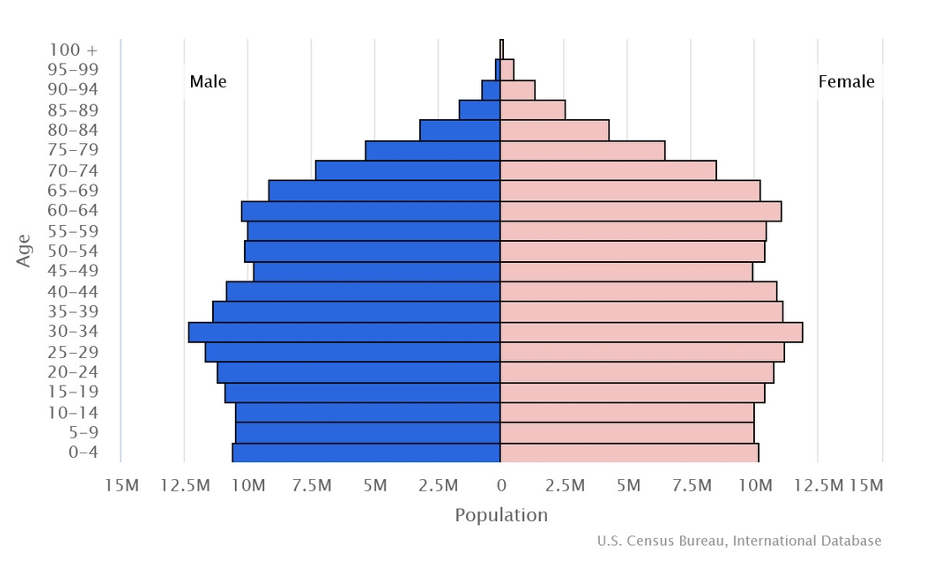Introduction
In an increasingly complex world in which companies, states and organizations are confronted with growing risks on a daily basis, the ability to detect warning signals – so-called red flags – at an early stage is becoming a decisive success factor. At RocFortis, we rely on structured, precise red flag identification to detect threats at an early stage, better manage risks and ensure operational security at the highest level.
What is Red Flag Identification?
Red Flag Identification describes the systematic process of recognizing clues, anomalies or indicators that point to an increased risk or potential danger. These warning signals can come from a wide variety of areas:
- from the behavior of individuals,
- from business activities,
- from geopolitical developments or
- from technical and digital environments.
The aim is clear: the earlier a red flag is recognized, the greater the options for action – and the lower the potential damage.
Typical red flags in security and intelligence work
At RocFortis, we identify red flags in several strategic clusters:
- Personnel red flags
Unusual changes in behavior, shifts in loyalty, financial anomalies or risky behavior on the part of employees and managers. - Business red flags
Non-transparent ownership structures, dubious partner networks, sanction entries or conspicuous concealment mechanisms as part of due diligence checks. - Geopolitical red flags
Unstable political conditions, new legislation, the threat of sanctions or regional crises that can have a direct impact on supply chains and business models. - Technological red flags
Security gaps in IT systems, unusual access to sensitive data or indicators of potential cyber attacks.
How does Red Flag Identification work at RocFortis?
Our approach follows a clearly structured 5-phase model:
- Definition of risk indicators
Identification of which specific signs in a project, company or geopolitical context are considered warning signals. - Information collection and monitoring
Use of OSINT, HUMINT, GEOINT and technological solutions for comprehensive collection of relevant data. - Analysis and evaluation
Linking the collected information using state-of-the-art analysis methods and AI-supported pattern recognition. - Prioritization
Classification of red flags according to probability of occurrence and potential level of damage. - Recommendation for action and escalation
Derivation of concrete measures, preventive strategies or – if necessary – immediate operational interventions.
Why Red Flag Identification is indispensable today
Companies, authorities and organizations that rely on merely reacting to threats are acting too late. Successful risk and crisis management today begins with preventive risk intelligence.
Through structured red flag identification:
- we increase our resistance (resilience) to threats,
- considerably shorten response times in an emergency,
- protect critical assets early and comprehensively,
- strengthen the ability to act in dynamic, uncertain environments.
RocFortis combines classic intelligence methodology with state-of-the-art technology to make risks visible before they become a problem.
Conclusion
Red Flag Identification is not alarmism – it is strategic foresight.
In a world full of uncertainties, decision-makers need precise tools to recognize the disturbing signals in the global noise and to act decisively.
RocFortis offers the expertise to implement these early warning systems – quickly, discreetly and effectively.



